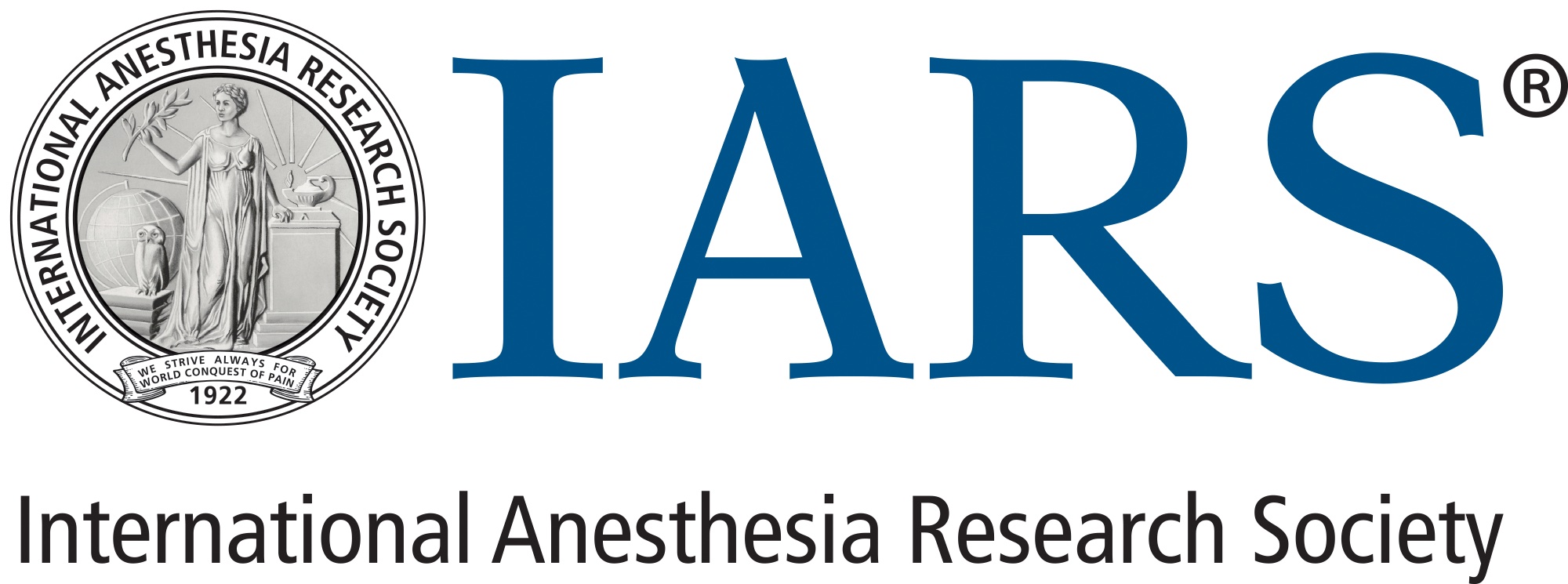The Nuts and Bolts of a Research Program: Mentorship and Time Management
Archana Bharadwaj, MD, MPH, CHES
Starting a research program requires intentional relationship-building with colleagues, mentors, and your department chair. In addition, managing competing personal and professional obligations to meet your goals can be challenging. In the Scholars’ Day session, “The Nuts and Bolts of Starting a Research Program: Lessons from Across the Continuum”, held on Saturday, March 22 at the 2025 Annual Meeting, presented by IARS and SOCCA, three panelists shared their insights into relationship-building and time management for fostering a research program.
Allison Janda, MD, an assistant professor of Anesthesiology at the University of Michigan, Dr. Janda moderated this insightful discussion.
Jason T. Maynes, MD, PhD, Chief of the Department of Anesthesia and Pain Medicine and Associate Chief of Perioperative Services (Research) at Hospital for Sick Kids in Toronto, opened the panel by focusing on “The Nuts and Bolts of Starting a Research Program: The Department Chief’s Perspective.” In his presentation, he shared his insights on how to effectively work with your chief to accomplish your goals and tips for mentorship. When establishing research plans with your chief, there should be a shared sense of responsibility, including a clear set of goals and ways in which both parties can work together to accomplish them. In requesting resources, consider HR and non-HR resources, funding applications, and division of time.
Mentors are critical to success, but they do not have to be within your department. People outside of the department may be able to contribute new skills and perspectives. Aspects of a strong mentor include a history of impactful publications, independent funding, and matching your personality types. Scheduling regular meetings can facilitate consistent support and feedback.
Jennifer Rabbitts, MD, professor of Anesthesiology, Perioperative, and Pain Medicine, professor of Pediatics, and Chief of Pediatric Pain Management at Stanford University School of Medicine, discussed “Making Connections: How to Establish Collaborations in a New Environment.” She offered tips that have enabled her to develop a flourishing pediatric pain program at Stanford as a new faculty over the last two years. Collaboration is the heart of team science, therefore building strong relationships is essential. She recommended making connections early, which can include one-on-one discussions and conversations at workshops. Being generous with new connections, especially students, fellows, and junior faculty that are seeking mentorship and sponsorship. These relationships can set the stage for fruitful collaborations. This can start small with a manuscript to assess work style alignment and can snowball from there. Finally, when navigating ongoing studies with competing enrollment and new approaches, being patient with collaborators will better promote long-term relationship building.
Elizabeth Whitlock, MD, MS, an associate professor of Anesthesia at UCSF, rounded out the panel with “Time Management as a New PI: Lessons Learned.” In this presentation, she shared insights from her participation in the faculty success program held by the National Center for Faculty Development and Diversity that helped her manage the strains on her time. She recommended starting with a three-to-five-year plan, which can be conceptualized as your vision and a chapter in your career. She also advised spending one-week documenting time into 15-minute intervals, including clinical obligations, research, teaching, and personal time to see where you currently spend your time. Most individuals find that time spent is not in alignment with goals, and reflects a need for reprioritization. Based on this information, create a weekly task plan with set time blocks to accomplish tasks. If you are struggling to accomplish your goals, use this to empower yourself to say no to tasks or opportunities that are taking away from your focus. By breaking big tasks into smaller ones with assigned times, you better manage feelings of being overwhelmed and improve your efficiency to establish better work-life balance.
International Anesthesia Research Society
